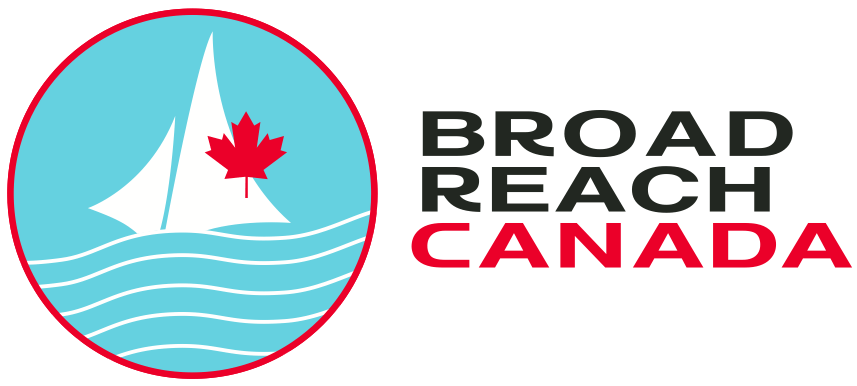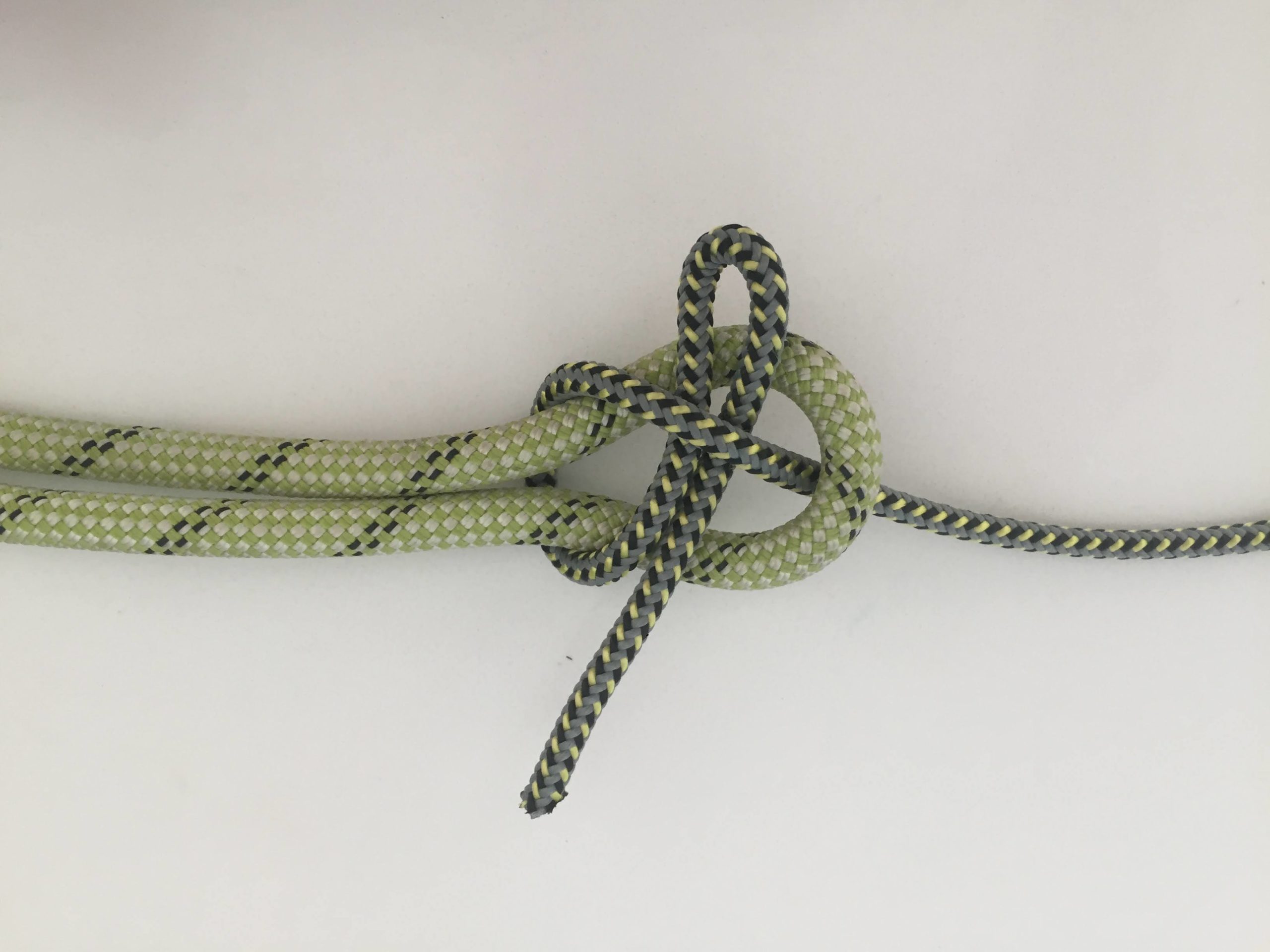Microplastics are currently a highly contentious environmental topic among Canadian environmentalists, who are in the midst of assessing potential risks associated with this most prevalent form of marine debris in our oceans and Great Lakes.
Canada’s Great Lakes are one the world’s largest lakes systems, providing over 21% of the world’s surface freshwater. They supply water for over 30 million people living along the Great Lakes coastline, as well as a plethora of flora and fauna. Unfortunately, the lakes have suffered from various forms of pollution and other harmful human activity. This has threatened the cleanliness and biodiversity of the lakes. One of the current issues is microplastics, which are small particles of decomposing plastic products. These particles are deposited in the water systems via an array of consumer products including microbead exfoliants, toothpastes, and cleansers. Being so small in size, they can pass through filtration systems and find their way into our aquatic ecosystems.
Microplastics have been found in autotrophic organisms such as phytoplankton; the basal food source for many marine systems. As a result, animals which consume these polluted plankton transfer the plastic pollution upwards in the food chain, ultimately landing on our dinner plates. However, the issue does not end there. There is not enough research about the effects of microplastics on the overall health of an organism. Furthermore, the extent of biological integration of plastic is unknown, therefore there is a potential risk associated with consuming seafood from areas with high microplastic concentrations.
Policy makers and interest groups across the globe are now advocating for banning microplastics from consumer products as well as funding for ocean cleanups. Potential alternative manufacturing mediums will also be able to mitigate large concentrations of plastic in our oceans.



